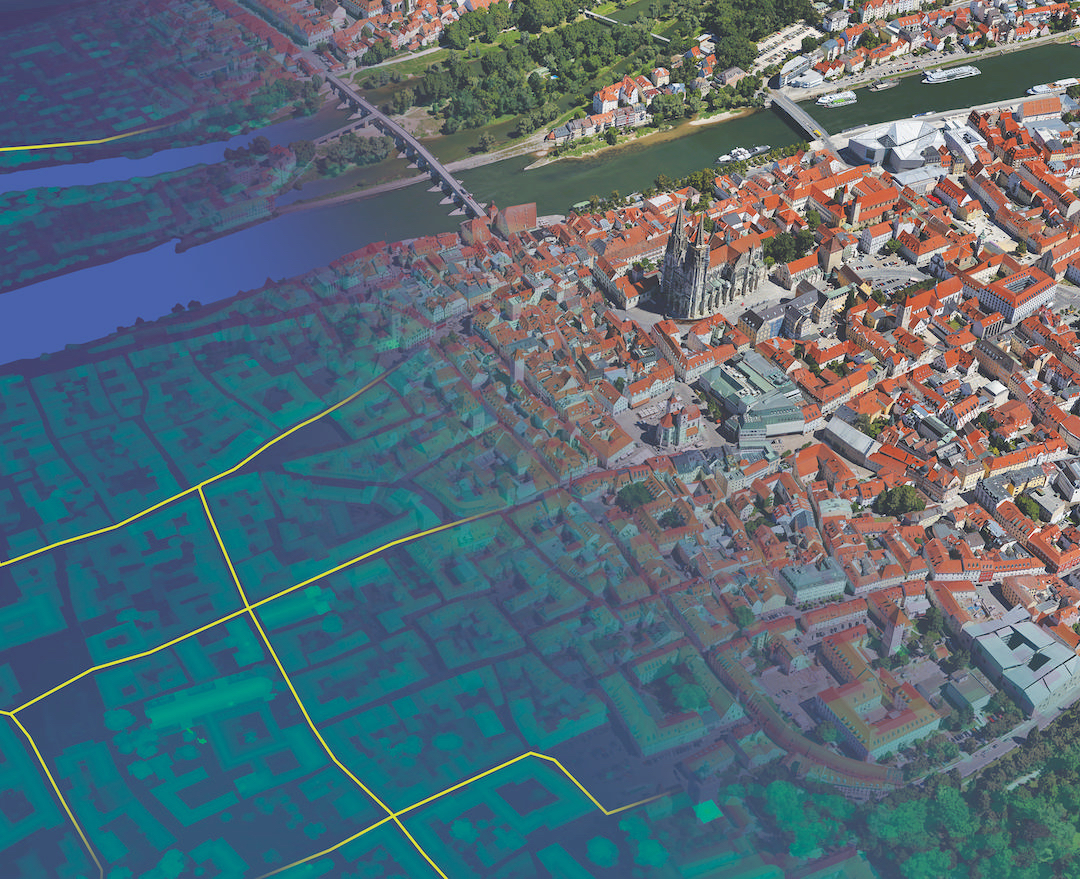The Internet of Things (IoT) is nothing new; however, as its potential begins to be realised in practical applications, businesses must wake up to the risks as well as the benefits of this new technology.
Simply speaking, IoT is the ability to connect devices to the internet and each other, creating ‘smart’ devices from everyday objects. These devices are able to respond to situations based on the data they have collected.
From smart fridges that can tell when supplies are running low to smart electric cars that know the best route to take, IoT devices are set to become more embedded in life over the years to come. By 2020, 90% of cars will be connected and global spending on IoT will hit $1.7 trillion.
The business potential of the IoT
IoT is set to revolutionise the business world. With the advent of cloud computing, smart devices and applications, the standard nine-to-five set-up is becoming a thing of the past. IoT goes beyond the cloud to manage all devices on one network, opening up the potential to control not only personal workload but also warehouse inventory or even an entire production line.
IoT has the potential to drive efficiency savings. Sensors and tracking mean services like heating and lighting can be controlled remotely and automatically. Intelligent smart devices will interact with our surroundings and save time on numerous standard interactions such as coffee and stationery orders, along with practical, location-specific activities such as monitoring fridge temperatures in clinical environments.
Not only that, but energy and production will become cheaper as a result of smart grid coordination optimising the delivery of energy. The data collected from day-to-day operations will eventually be fed back to the grid, promising a more cost-effective and sustainable model for any business.
By 2020, it’s predicted there will be 50 billion connected devices and five million new applications built to support them, all generating data. IoT means greater insight into customer behaviour, giving businesses the opportunity to respond with targeted strategies from branding to shop layouts, products and services.
Assessing security and privacy risks
While the benefits are clear, what’s less understood are the risks of this astronomical volume of data. Arguably, the biggest challenge of the IoT will be the risk to security and privacy – already there are concerns about ease of hacking and the potentially disastrous consequences this could have on businesses.
At its heart, IoT is concerned with collecting, analysing and using data, it offers the potential for a global view across the whole of an organisation, with unprecedented insight into customer behaviours, business operations, working habits and more. While it’s easy to see why businesses are excited, this access to data on this scale can also present major risks.
How do you fuel the IoT? Data, data, data
Infinite new connections between devices are potentially leaving the back door open in terms of security. As well as an increased chance of security breaches, more applications also mean increased potential for damage in the event of a breach.
Combining new technology with legacy infrastructures can be a tall order and – without the right strategy in place – can create problems that are difficult to repair. Cyber-attacks have become so sophisticated that no business is immune, regardless of their size. Data hacking is a very real threat, and businesses that shun the idea must open their eyes to reality.
Protecting your most valuable data
Organisations need to think carefully about data protection policies that will meet their own and their customers’ needs. Maintaining a solid IT security posture is an ongoing task requiring continuous action and review. Businesses must adopt a less passive attitude to security and become more active and preventative. It is no longer sufficient to retrofit cyber security; it must be planned upfront in order to be effective in moving to ‘security by design’ rather than ‘by addition’.
IoT ushering in the era of physical/digital convergence
A robust security strategy must be at the core of every network. It’s impossible to prevent hackers from getting in, but organising data using encryption is the best way to protect sensitive or private files. Creating an impossible maze of navigation distracts and confuses potential hackers and creates a challenging and time-consuming process, impeding them in their tracks.
With an ever-increasing reliance on data, it is critical that protection and security surrounding confidential personal data is a fundamental part of any business model and that it is continuously monitored to avoid the effects of potentially devastating security breaches.
Workplace culture and its critical role in security
Although essential, technology is only a piece of the jigsaw – an effective workplace security culture is a top priority. An organisation’s security culture is the foundation of its data security programme. It is critical to embed security values into an institution’s culture, and for action to replace rhetoric – an engaged workforce is more likely to feel accountable and take responsibility for security issues.
The reality is that humans are the weakest links in any organisation and while computers will do as we programme them to, humans do not, which makes the need for a security framework even more crucial. According to Verizon, human error is the root cause of close to one in five data breaches and while almost three-quarters of attacks are perpetrated from outside an organisation, more than a quarter involve insiders.
Top tips for protecting crucial data in the manufacturing industry
An organisation’s security culture requires ongoing care and maintenance. When security culture is sustainable, it will transform security from a one-time event into a way of working that will forever generate a return to a business. For employees, there must be a focus on continued awareness. Security training should not be treated in isolation, instead, companies and organisations should commit to regular sessions for their people across all area of the business to boost confidence and performance.
Employees are often pinpointed as targets to obtain data, which makes the need to educate colleagues on cybersecurity all the more important. Awareness of what an early “phishing” attempt looks like, for example, could prevent a fatal business attack.
IoT is only going to increase in importance and relevance for businesses of every size. While it’s positive to see businesses getting excited about the benefits of this technology, it is shortsighted to overlook the very real risks that accompany it. By thinking strategically, and ensuring security considerations are core to business strategy, organisations can alleviate the risks while maximising the plethora of positives.

Written by Iain Shearman, managing director, national network services at Kcom







